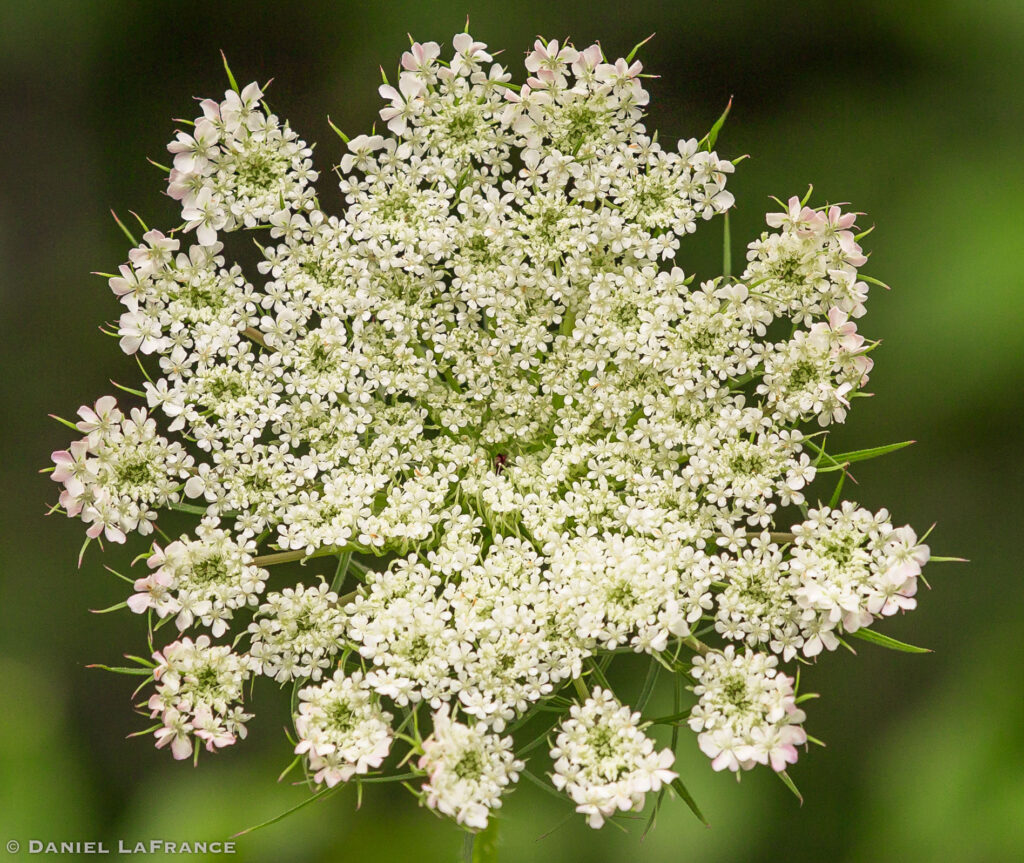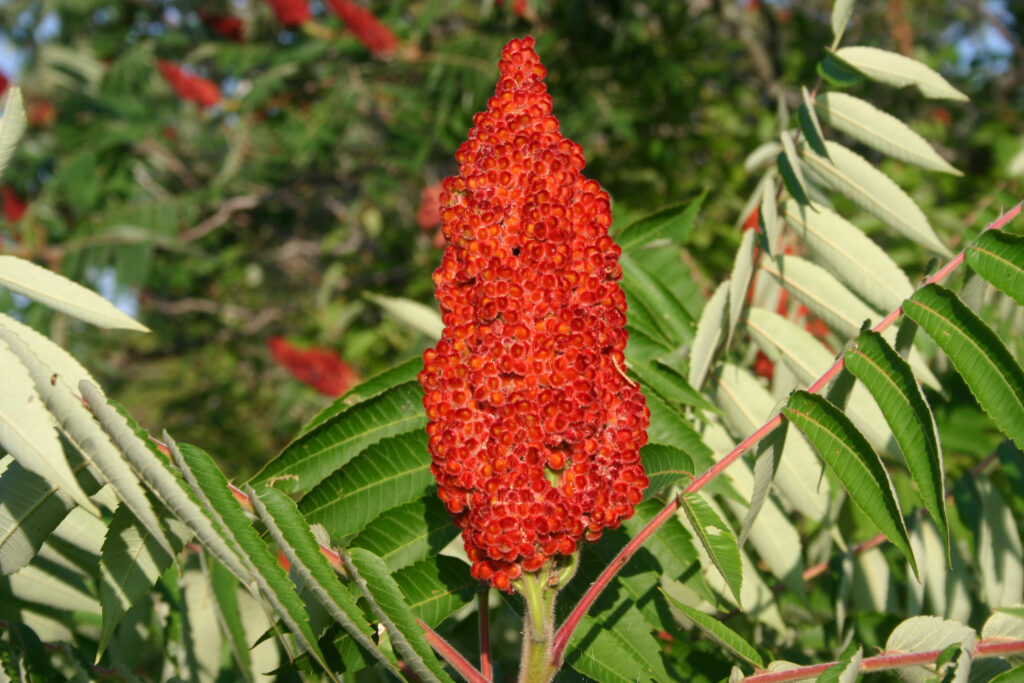Prince Edward County, Ontario, Canada
Stalking the Wild Tea
When I worked at Sandbanks Provincial Park as a park naturalist about 10 years ago, I always used to mix up a batch of wild tea and offer it to the campers who attended my evening programs. Usually, they would clean up the entire five-gallon jug. I soon learned that many plants that grow in the wild, can be made into a delicious tea. Of course, that was open to debate, by one student staff member at the park. When one of my evening campfire programs was cancelled half way through due to rain, she took great delight in dousing my campfire with all five gallons of alfalfa tea that I had lovingly steeped only an hour earlier! Alfalfa tea is rather bland, and after coaxing her to sample some of my teas for more than a month, this happened to be the one she had dared to try.
One of the teas I made quite regularly was wild raspberry tea. Wild strawberry tea was also well received. These turned out to be favourites among those who attended my programs. I think I even tried yarrow one time. There is no secret recipe for making these teas. Basically, it’s a case of steeping the leaves or foliage for 10 to 15 minutes, then serve.
You might want to try Queen Anne’s Lace by using the leaves, flowers or even the seeds. The dried roots, leaves and seeds of Burdock can also be used as a tea. The dried root, one ounce to one and half pints of water consumed several times a day, is said to be one of the better blood purifiers, helping to clear the skin.

It’s all a matter of taste, I guess. I once was offered hemlock tea at Charleston Lake Provincial Park, north of Gananoque. References describe it as a “pleasant tea, rich in Vitamin C.” However, I found it intensely disagreeable, while others sitting beside me sipped it as though it were a fine wine. I also tried a red cedar tea once and it was almost as vile and disgusting. While the aromas of some evergreens can be intoxicating, my tastebuds apparently aren’t ready to respond favourably to any of these in the form of a tea.
But we keep experimenting. But you have to know what plants are poisonous and learn to avoid them. Jimsonweed would need to be learned, as all parts of this plant are extremely poisonous. Similarly, poison hemlock (not to be confused with the hemlock tree) and many others that grow commonly in our area. Bouncing bet, a roadside flower that is blooming right now, can cause severe irritation to the digestive tract. So, obtain a good field guide on edible wild plants, and learn to identify them. If in doubt, don’t try it.
One of my favourites has always been the seed heads of staghorn sumac. Don’t confuse it with poison sumac which does not occur in Prince Edward County. Staghorn sumac is common everywhere and the seed heads can make either a sumac jelly (my wife and I make up several jars every year at this time), or a delicious drink. If you are in an active mood, you can mix up additional quantities of sumac lemonade, pour it into plastic jugs, and freeze it to be used whenever you have a hankering for a refreshing drink during the winter months.
To make a quantity of sumac drink, simply harvest enough of the berry heads to fill a plastic grocery bag. If it’s just a pitcher you want, then six to eight clusters should be enough. Sumac berries are really just seeds covered with a thin coating of flavouring substance and hairs. Empty the seed heads into a large container of water (a blancher is a good size) and mash them soundly with a potato masher. Or you can lightly bruise the seed heads and let them soak in the water, now and again gently stirring. Strain the liquid through cheesecloth into another container, then add sugar to taste, and you will end up with a drink that takes on the hint of wild berry. Some liken it to pink lemonade. It is important to harvest the seed heads at the right time, just when the heads turn a nice rosy red colour. Any darker, and your efforts will result in a slightly bitter flavour. And always use cold water. Hot or boiling water will leach the tannin out, causing the drink to become bitter. The natural tartness of sumac is partly due to ascorbic acid (vitamin C) so one also has a health incentive to drink this beverage.

Try a few of these plants as teas sometime and you may be pleasantly surprised at the taste. There’s common mullein, gill-over-the-ground (creeping Charlie), catnip, wild bergamot, even the leaves of many trees. I tried the leaves of New Jersey tea this spring, a fairly common flowering shrub in the county. It was perhaps one of the tastiest. Much like an oriental tea.
Long thought to be the cause of hay fever, goldenrod has now proven its innocence. In fact, you can even drink a tea made from the leaves of sweet goldenrod (Solidago ordora) , brewing up a delicate anise-flavoured tea.
RECIPE
Sumac Lemonade
- harvest the sumac seed heads when they bright red. A typical plastic grocery bag is sufficent for a large quantity that will provide several litres. Pick too early, and they will be bitter. Too late and the flavour may be washed out by the rains (not a problem in Prince Edward County ! )
- let the berries soak in water. The longer the berries infuse, the stronger the drink. Then crush soundly with a potato masher. Use cold water. Do not use hot water or boil as this will remove tannin and cause the drink to be bitter.
- strain liquid through cheese cloth to remove seeds and debris
- add sugar if desired, although some prefer it without. The end result is pleasantly tart with a hint of wild berry taste.
Sumac tea and sumac jelly have long been favourites at our home. Any roadside will produce copious amounts of sumac.